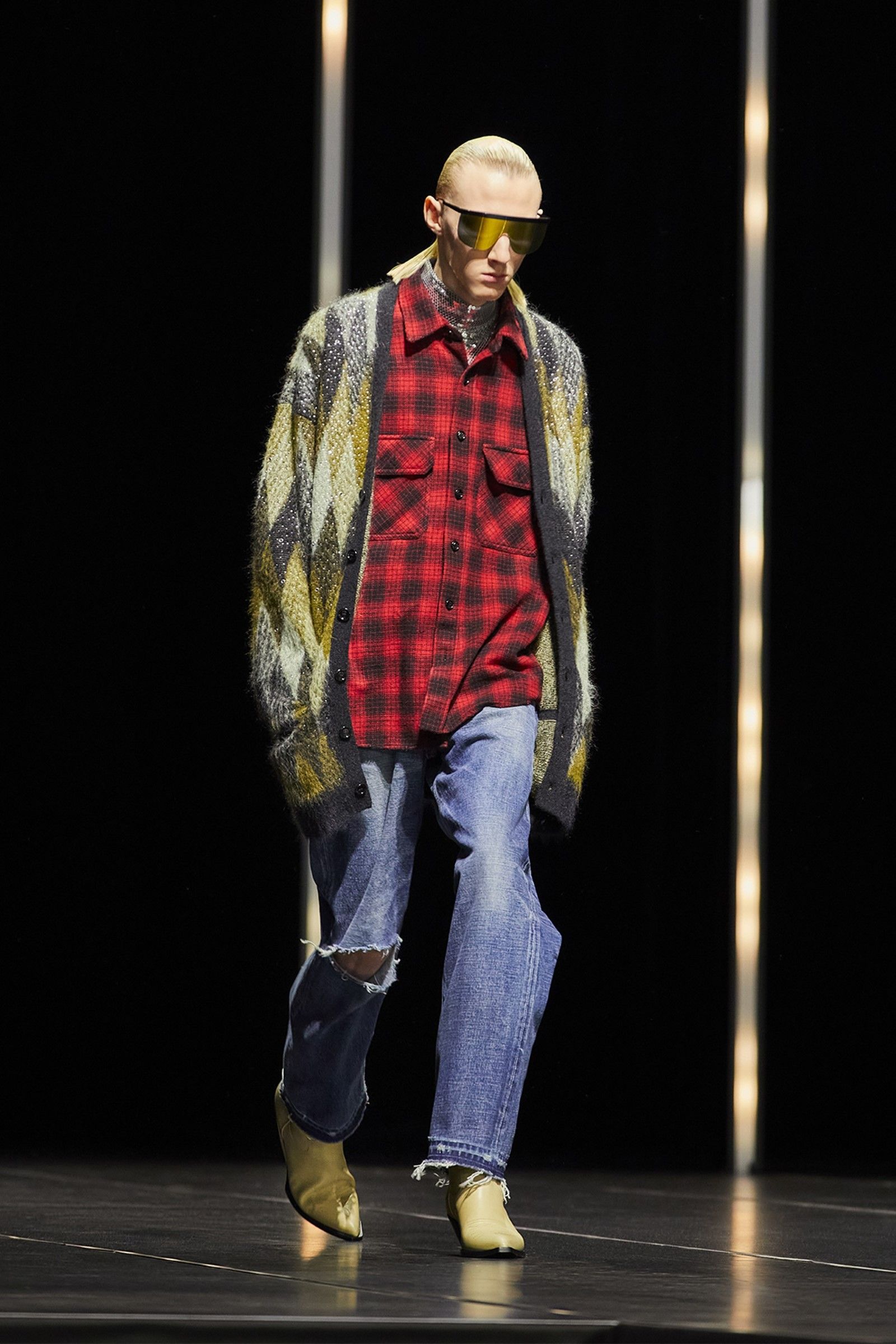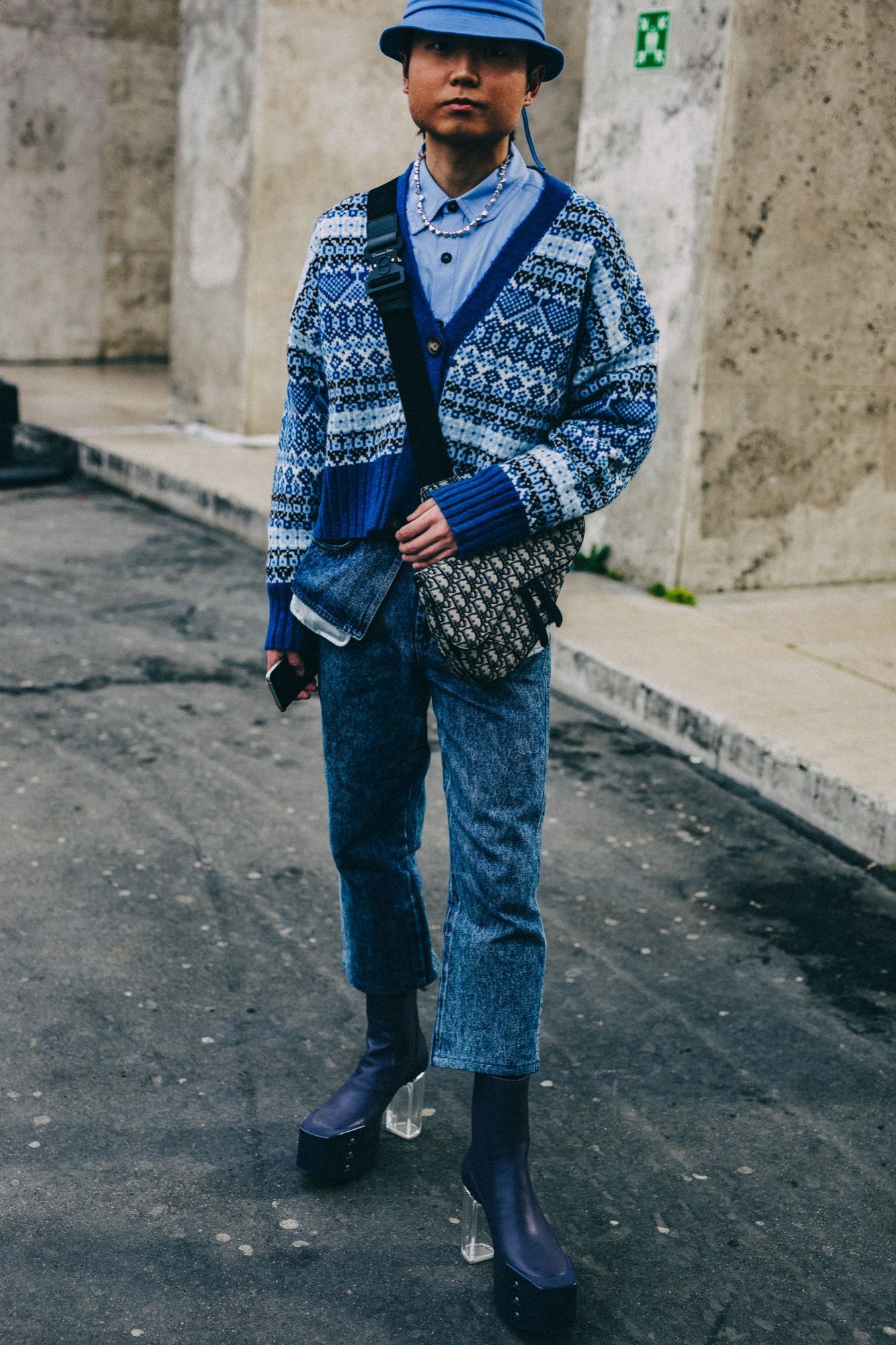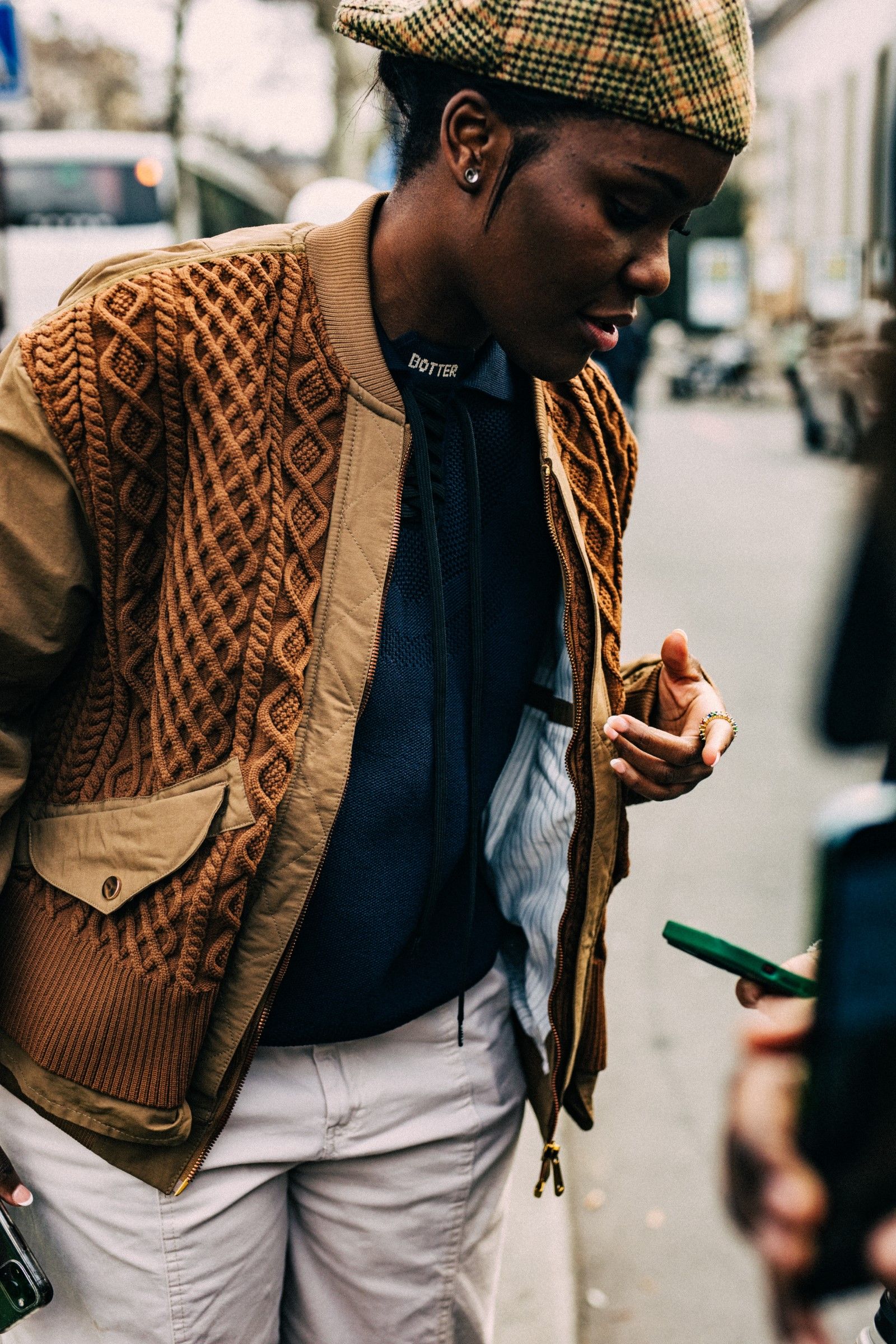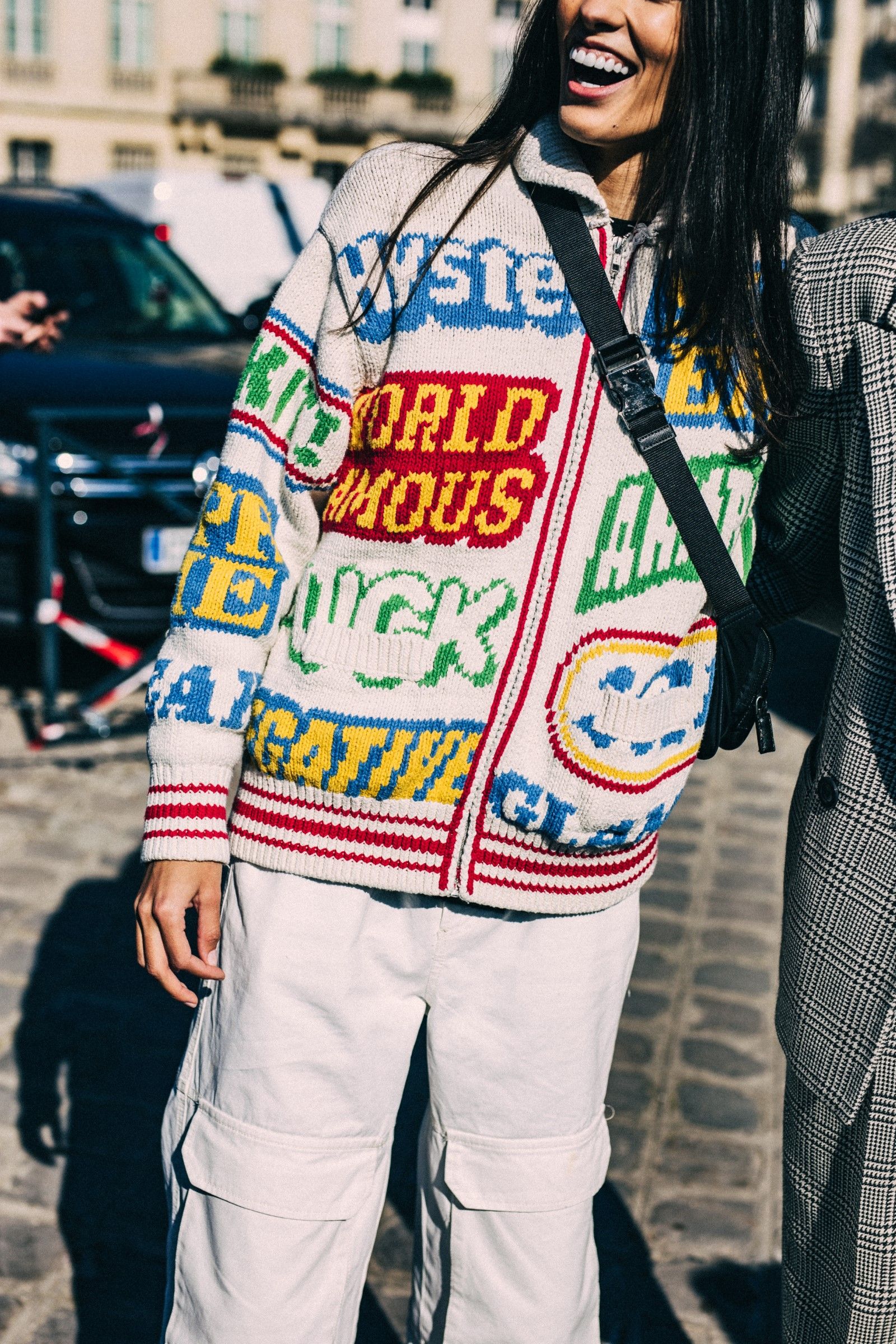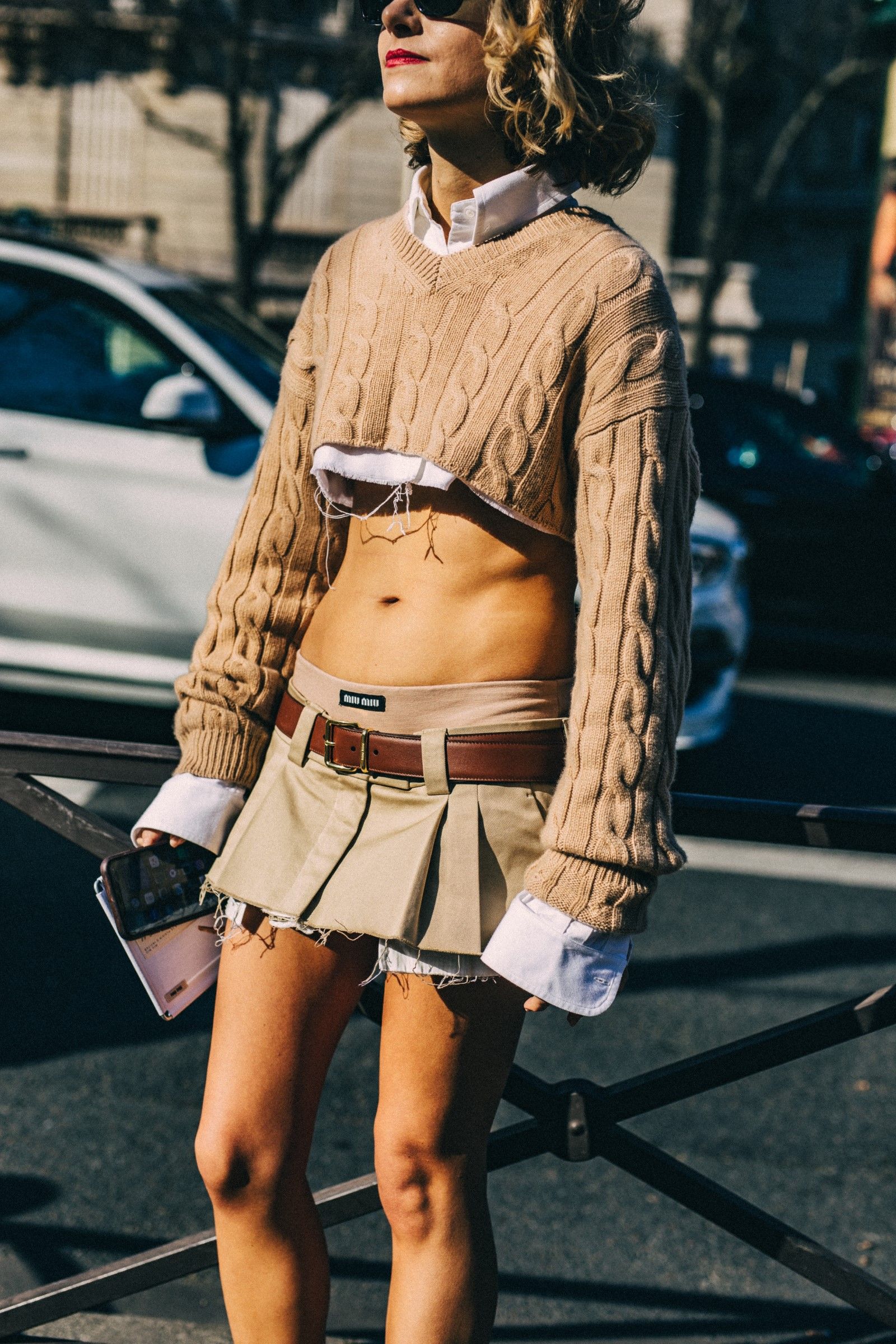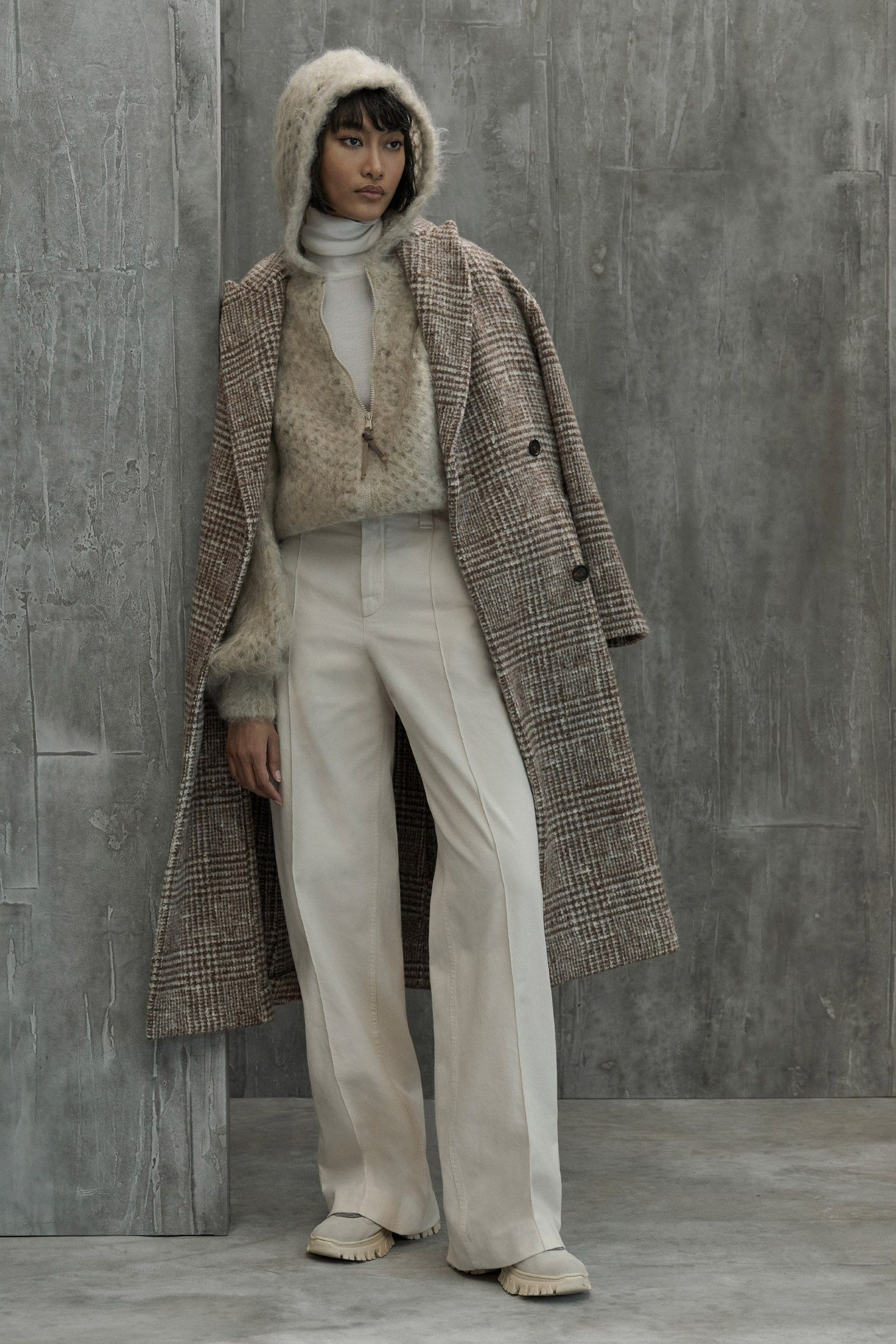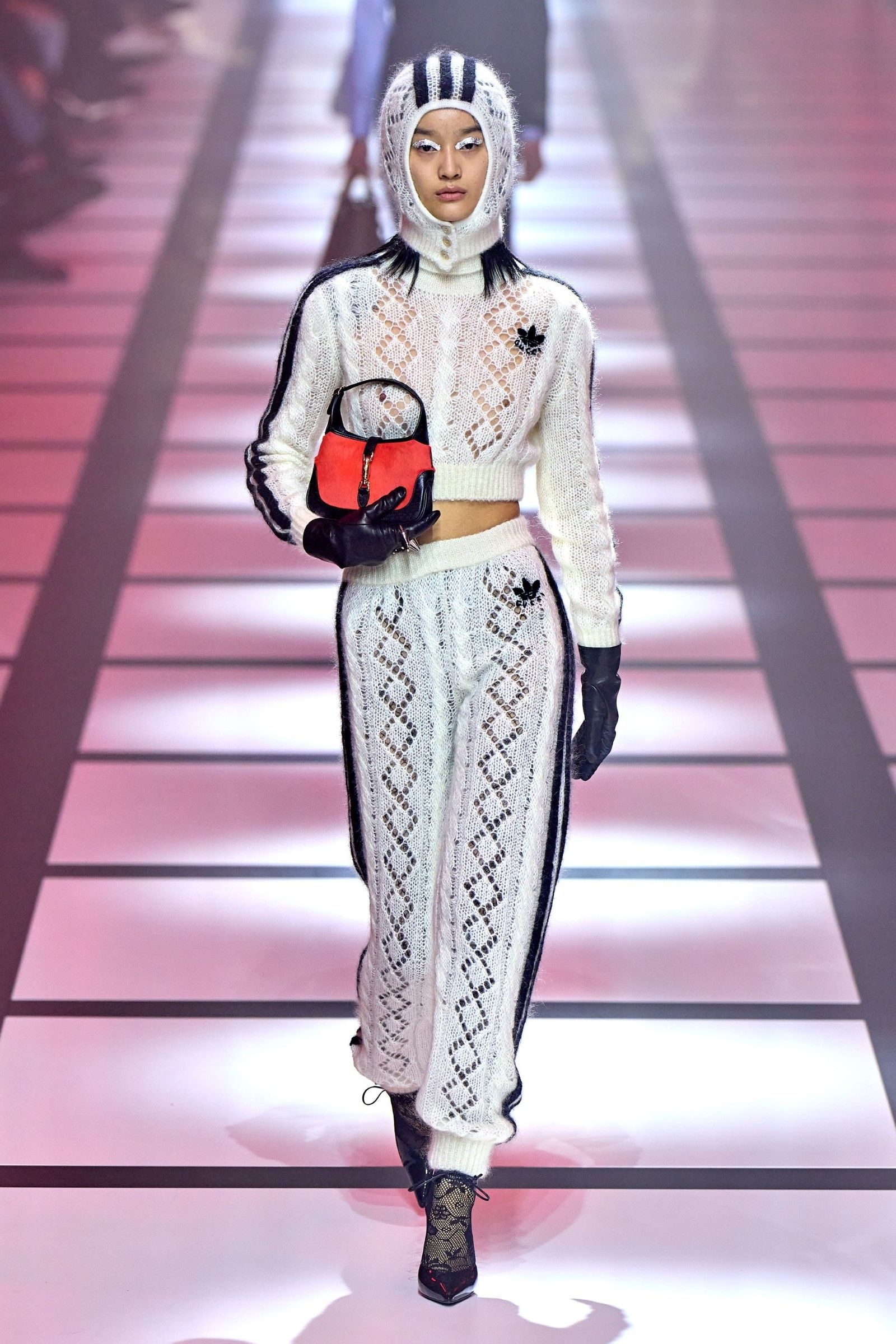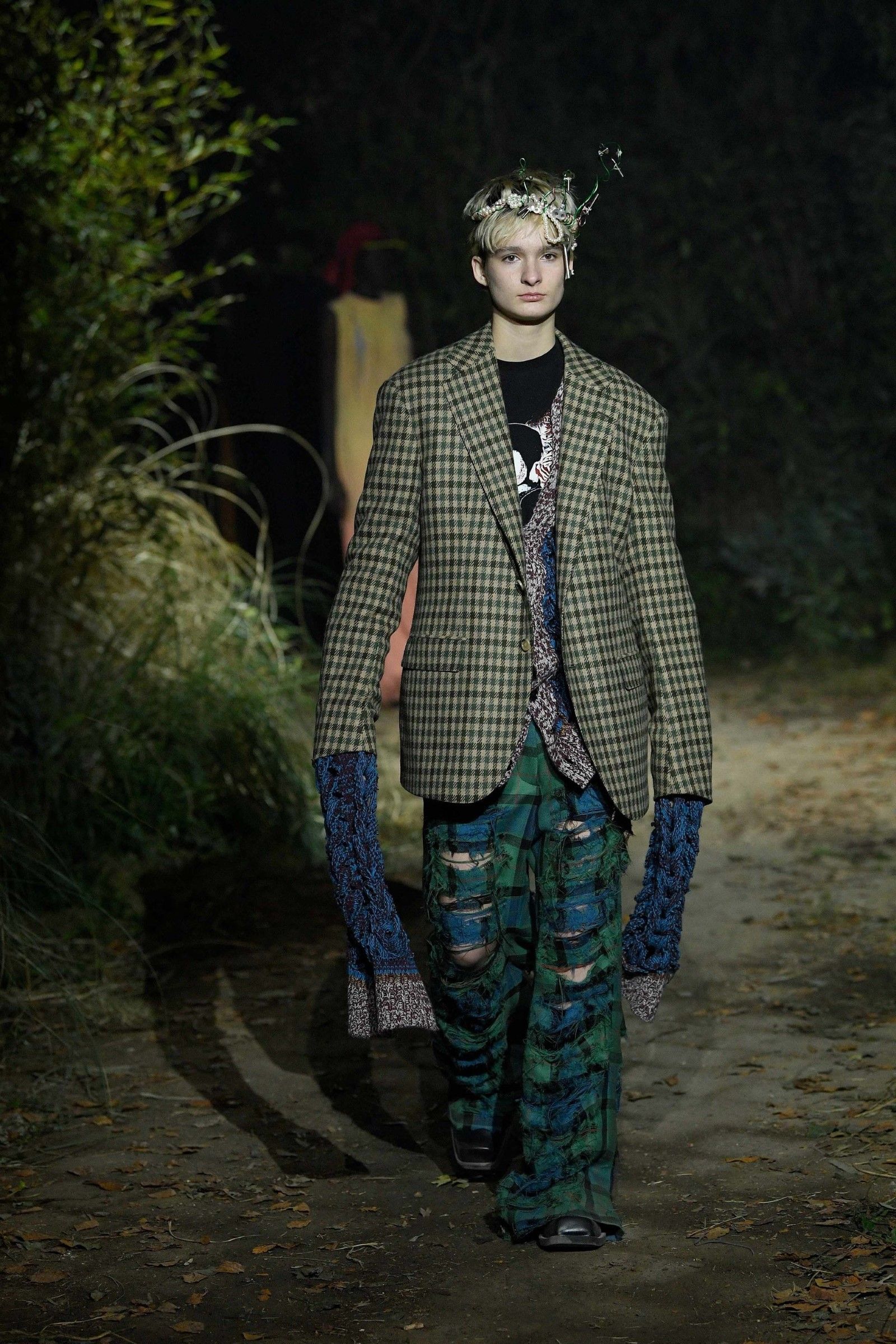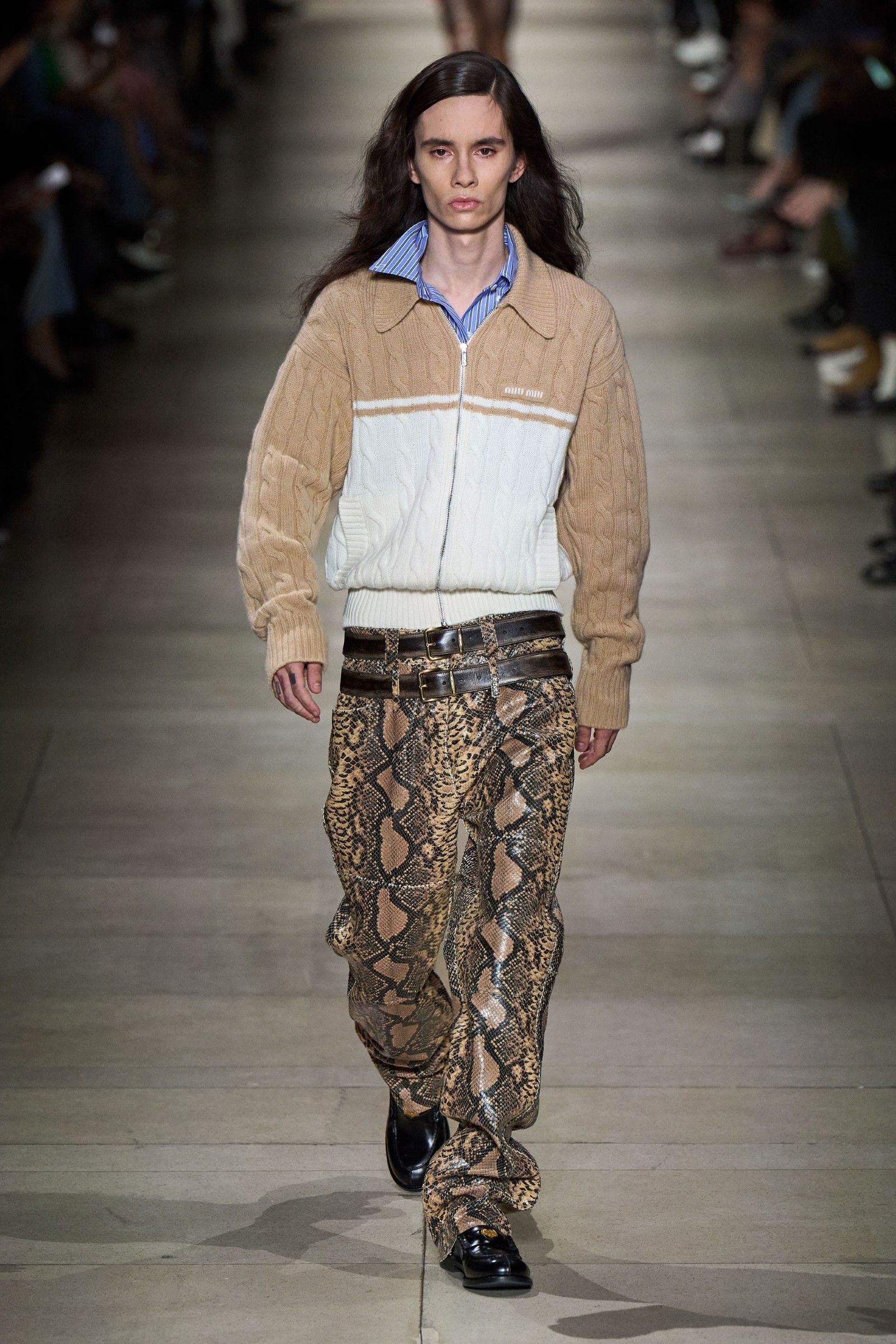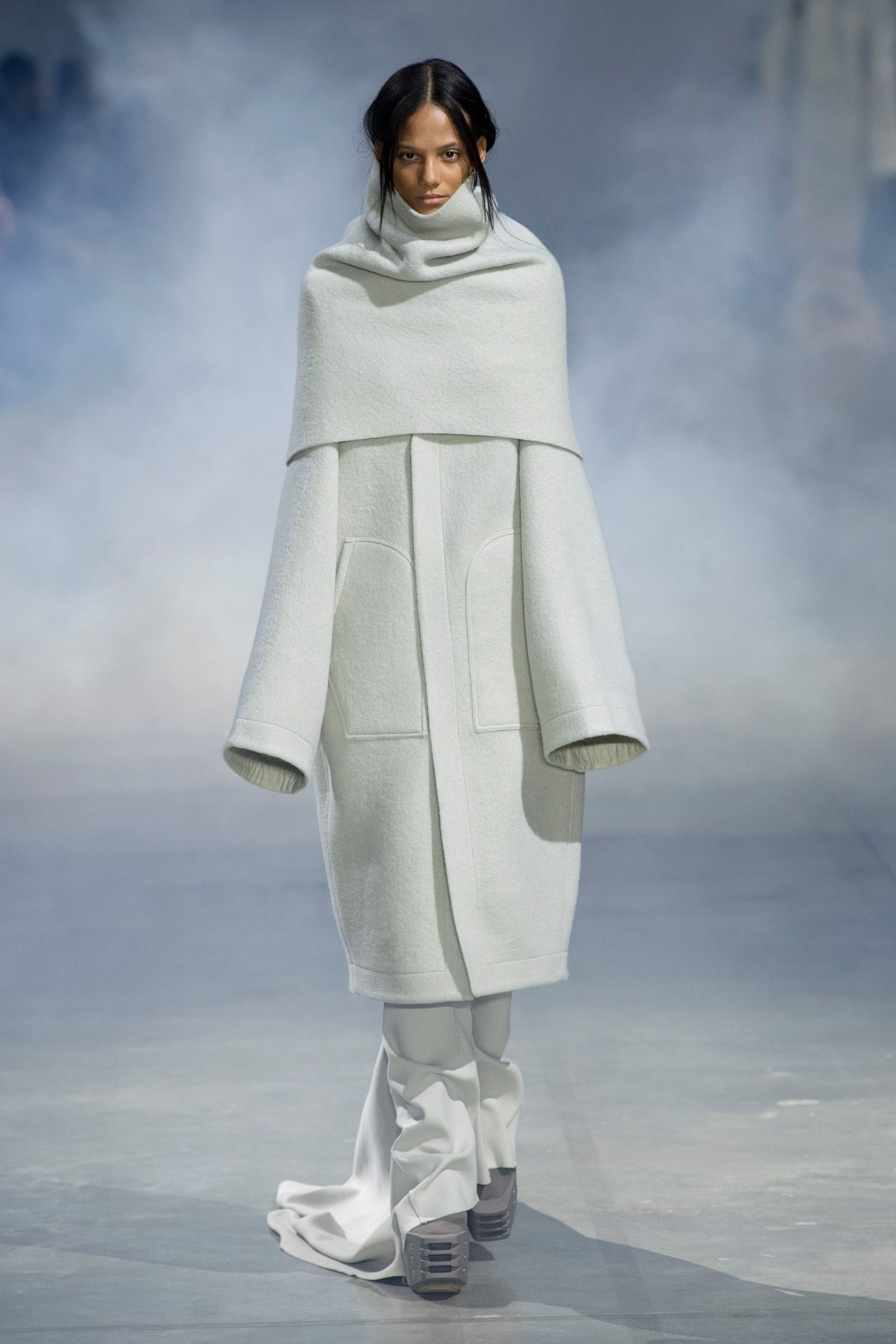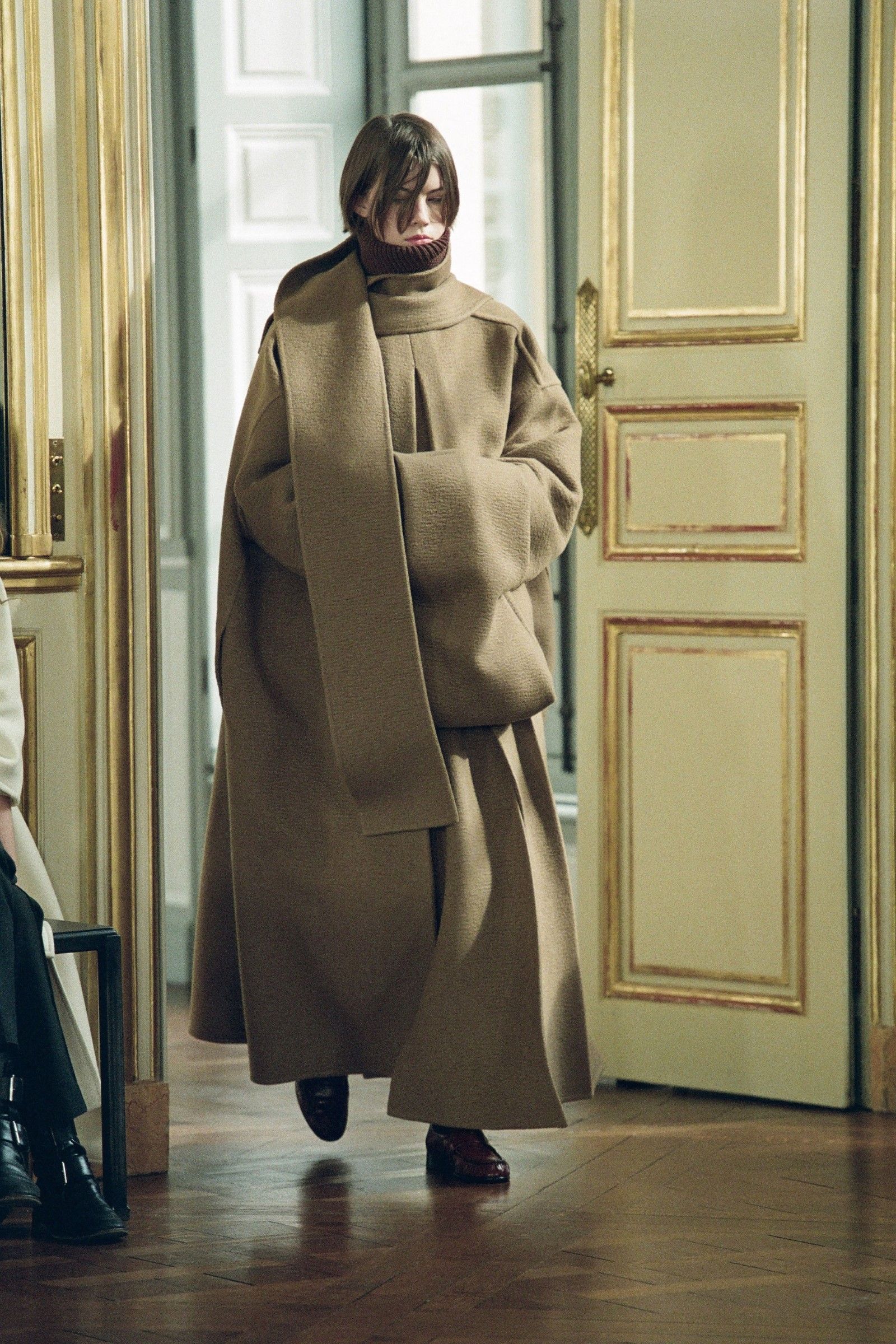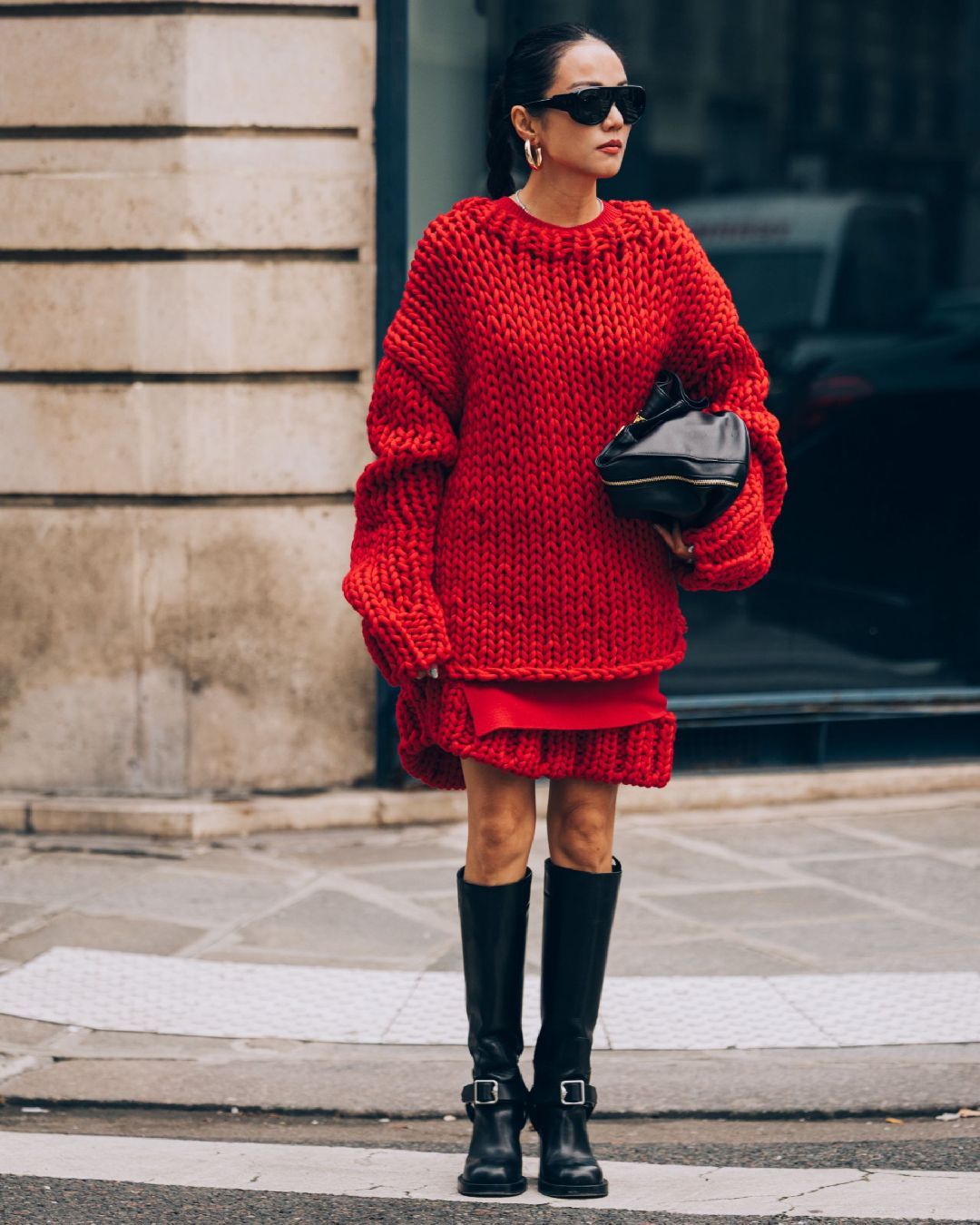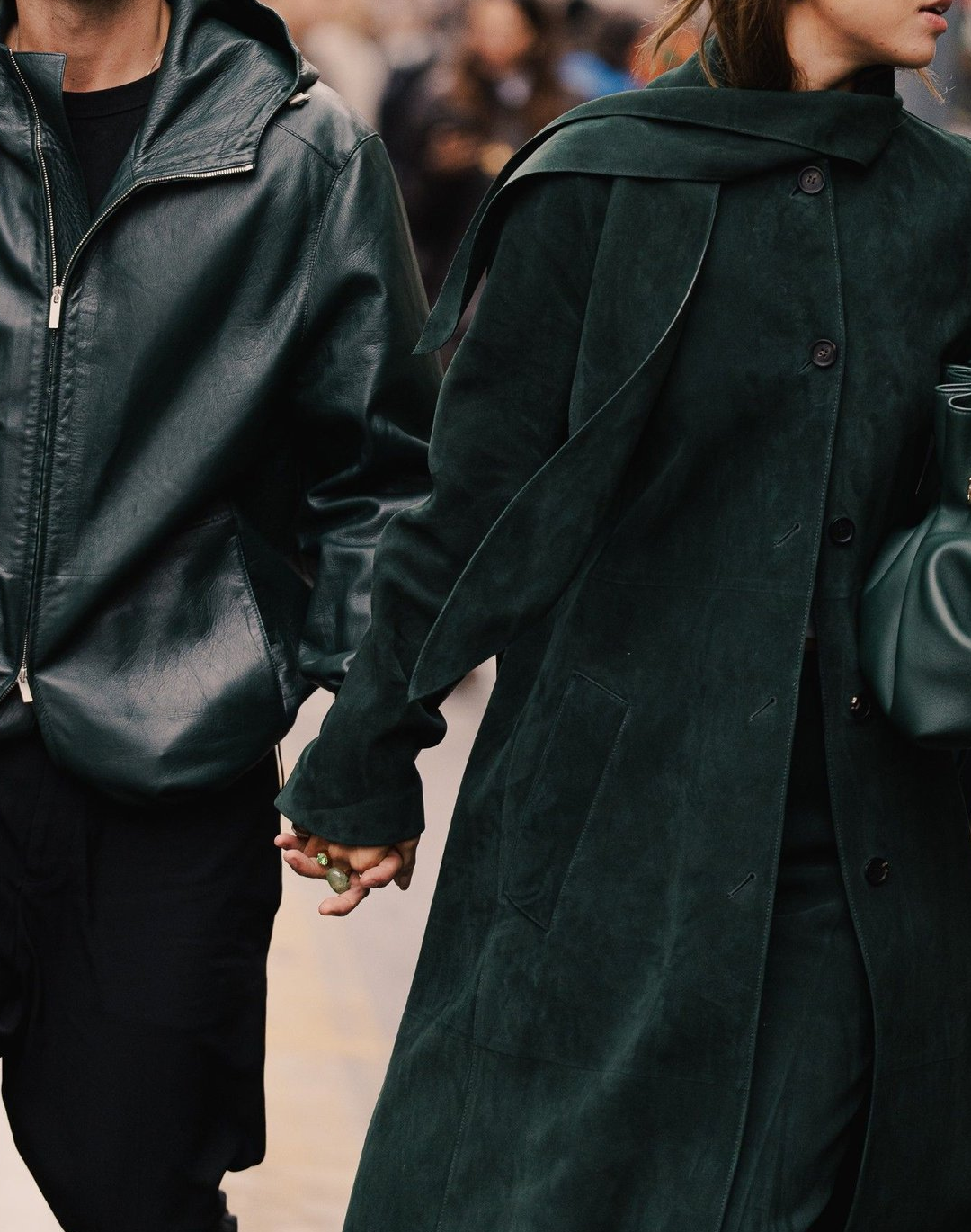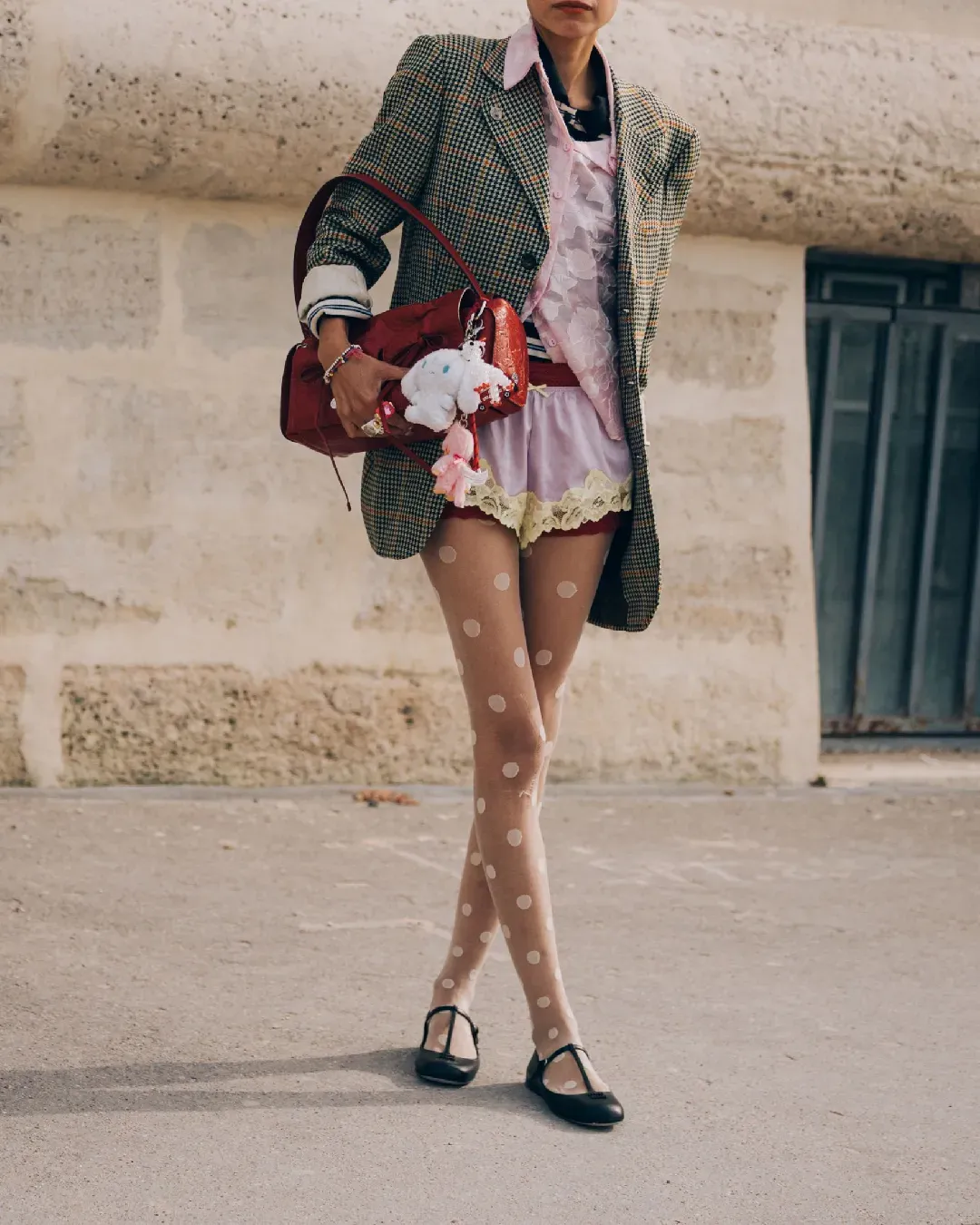
Why knitwear is about to become fashion's new obsession For next winter, invest in sweaters
During Miu Miu's much-talked-about show, which brought a new line of genderless clothing into the brand's vocabulary, some of the sleeper hits on the runway were normally ordinary, invisible garments: lozenge sweaters with a V-neck, croptops that mixed eroticism and college aesthetics, a tricot wool jacket worn over a blue shirt. On the same day, Chanel dedicated an entire show to tweed, knitting the chairs, the invitations, the runway and, of course, the looks of the collection. Just a few days earlier, Rick Owens opened his show with a model dressed in an imposing, almost architecturally shaped wool coat-sarcophagus, while at The Row's show knitwear played a leading role. Sweaters and wool also had their highlights in the shows of Kenzo and Dior Homme, as well as brief but central appearances by Prada and Gucci. Also in Milan, then, what is perhaps the most prestigious knitwear brand in the world, Brunello Cucinelli, presented «the soft texture of fabrics and knits with bouclé, gauze or fleece effects» transforming cashmere from a "simple" knit to a malleable material to simulate the effect of fur, to line shoes, to create capes, embroidered sweaters and coats. And if these figures add up to the 45% increase in sales of knitwear garments recorded in America and the UK, one might predict that the very category of wool products could be the next big thing in the luxury industry.
During the lockdown and in general during the subsequent period in which we are now living, there has been an increased insistence by brands and the press, independent or otherwise, on the idea of the investment piece - those items on which we "invest" more money than usual but which last over time because they are timeless and therefore end up paying for themselves. Wool garments, historically, are among the most durable, functional and valuable of these investment pieces: wool coats, sweaters and suits are second only to handbags and footwear in terms of pricing within the fashion industry - a price that has as much to do with the quality of the materials as it does with the high specialization to which the discipline of knitwear design has arrived. «Knitwear designers need to be extremely technical, in the sense that they have to not only be able to design — it’s not only about shapes — but also be able to [work with] the yarns and [make] swatches», explained to BoF Valentina Maggi, director of design practice for the consulting firm Floriane de Saint Pierre & Associés. Quite a complex role considering that, beyond the actual creative factor, knitwear design requires a knowledge of machinery and processes that allows the design team to communicate with the manufacturers of factories and mills but also the ability to understand the structure of yarns in order to create and dye wool fabrics ad hoc. The potential of wool, after all, is almost endless.
And it is no coincidence that during the past year some brands have strengthened their control of the wool supply chain by purchasing shares in Italian producers: the groups headed by Prada and Zegna jointly acquired the historic Filati Biagioli last June, to which was added the acquisition of 60% of the shares in Tessitura Ubertino by Zegna in the same month, while more recently Brunello Cucinelli acquired 43% of Lanificio Cariaggi Cashmere. The signs pointing to a forthcoming, overbearing resurgence of the knitwear sector are also reinforced by renewed attention to sustainability. In fact, wool is one of the most sustainable materials available, biodegradable and durable, as well as free of microplastics and easily traceable, and therefore the knitwear category lends itself more than any other to marketing and communication strategies that want to emphasize the sustainability of products - not to mention the new category of regenerated eco-cashmere or the potential of luxury knitwear on the secondhand market.
From a commercial point of view, then, it's enough to think about the incredible success obtained by Marni's mohair garments in the last two years to understand how knitwear design can create one of the most sellable categories for a luxury brand. While retaining its aura of an intellectual and niche brand, in fact, Marni has managed to make its mohair sweaters an icon in recent years, launching and riding along with the new trend of "fuzzy" textures that has now been followed by the hot emerging brand ERL but also by Aimè Leon Dore, Stussy, Needles and Beams Plus just to name a few.
Given all these factors, one would be left to wonder if a sweater will become the new statement piece of the coming winter seasons - although perhaps one could answer by saying that knitwear doesn't need to come back because it never really left, quite the contrary.










































